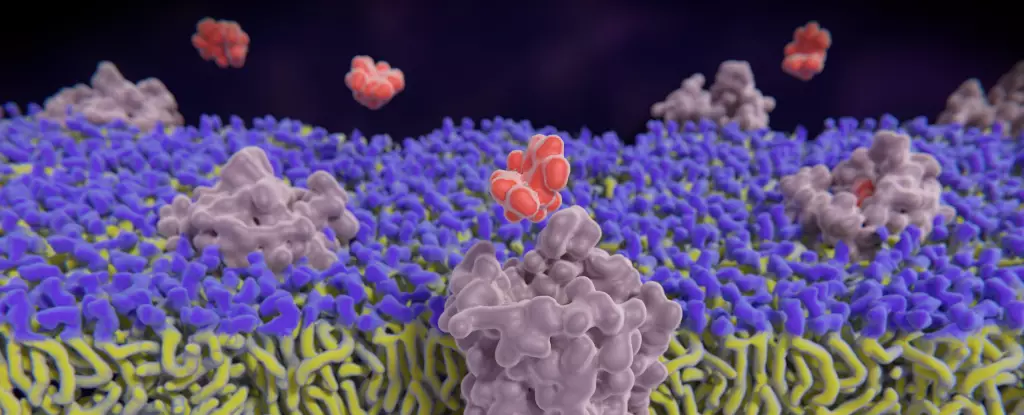The recent study conducted by researchers from the University of California Davis sheds light on the intricate workings of opioids in the human brain. The study introduces a new method that allows for real-time visualization of how the nervous system responds to the activation of opioid receptors. This groundbreaking research has the potential to deepen our understanding of the opioid system and its implications for various conditions such as pain, addiction, anxiety, and depression.
The human body has its own opioid system, consisting of three main receptors: kappa (κOR), delta (δOR), and mu (µOR). These receptors are activated by neuropeptides released by neurons in response to pleasure, pain, and stress. While endorphins are the most well-known opioid neuropeptides, there are many others that play a crucial role in the body’s response to different stimuli.
One of the key findings of the study is that opioid receptors do not simply switch on and off like a light bulb. Instead, different opioids bind to these receptors with varying strengths, leading to a spectrum of activation levels. This nuanced process adds a layer of complexity to how opioids interact with the brain and influence its functioning.
The study highlights the challenges researchers face in studying the opioid system, particularly due to the minuscule concentrations of neuropeptides involved. The released concentration of these neurotransmitters is significantly lower than classical neurotransmitters, making it difficult to accurately observe and study their effects. Additionally, the presence of numerous synthetic opioids further complicates the research landscape.
The researchers developed a new technique using biosensors to visualize the activation of opioid receptors in real-time. These biosensors fluoresce when a substance binds to the receptors, providing a direct indicator of receptor activation. The dose-dependent fluorescence and the ability to block activation with drugs like naloxone offer a promising avenue for studying opioid interactions.
The findings of this study have far-reaching implications for the field of neuroscience and pharmacology. By gaining a deeper understanding of how opioids interact with the brain, researchers can better target treatments for conditions such as anxiety, depression, and pain management. Moreover, the quest for developing non-addictive pain relief medications may also benefit from this research.
The study on opioid receptors represents a significant advancement in our understanding of the opioid system. The innovative research technique and the insights gained from studying receptor activation have the potential to revolutionize the development of treatments for various neurological and psychological conditions. Moving forward, further research in this area will be crucial in unlocking the full potential of opioid-based therapies while mitigating the risks associated with addiction and misuse.


Leave a Reply